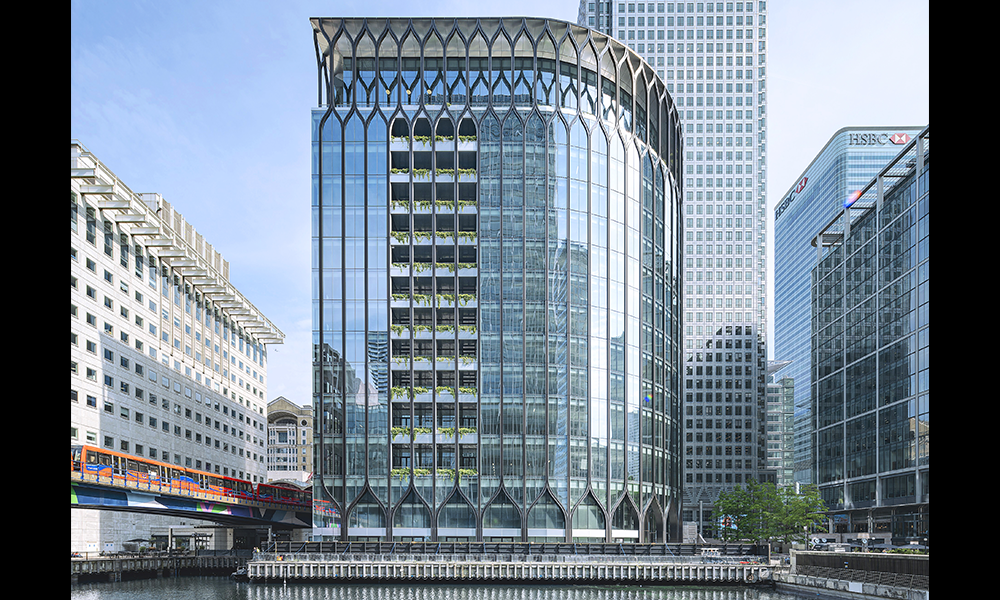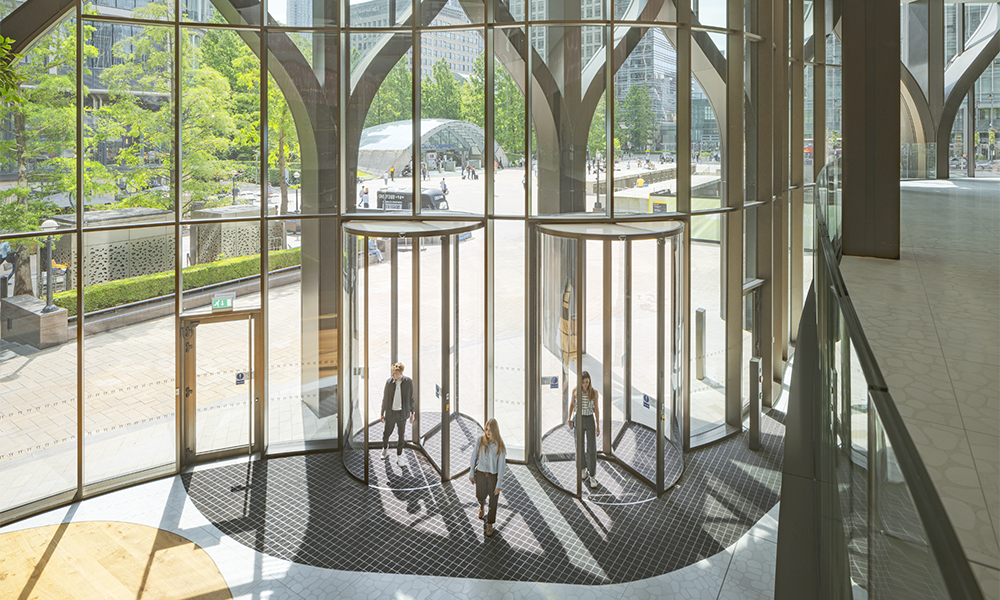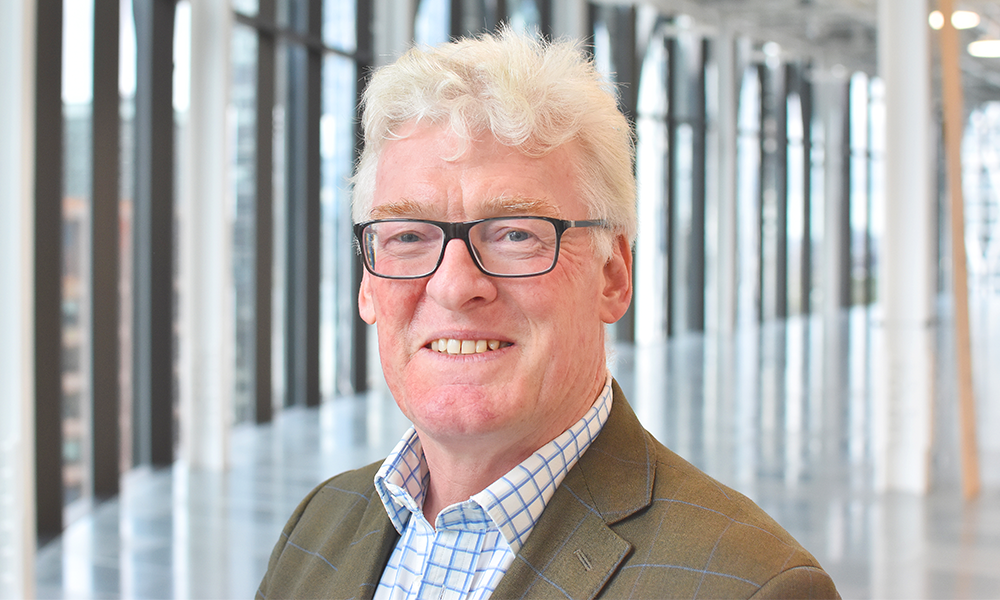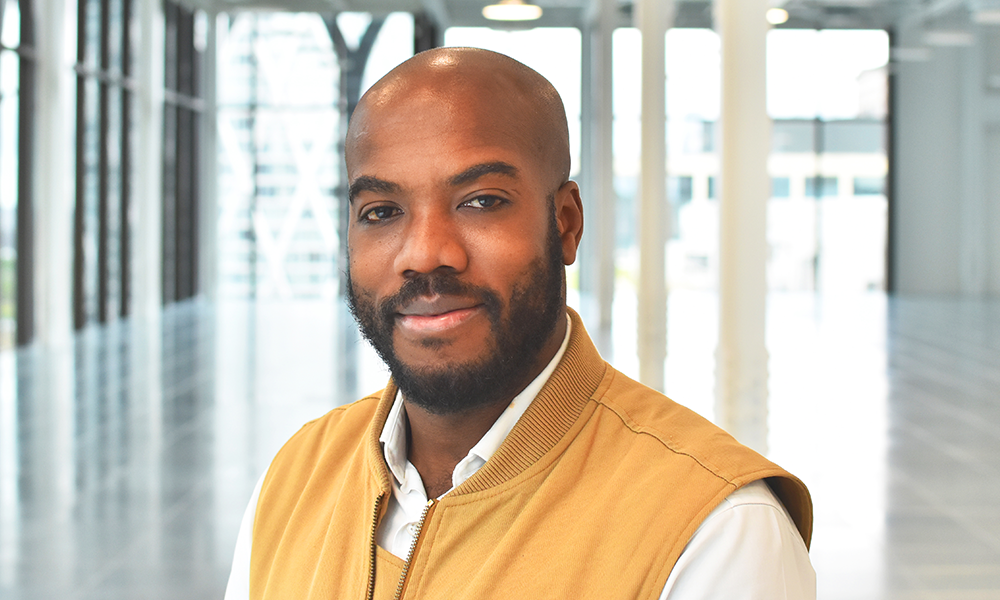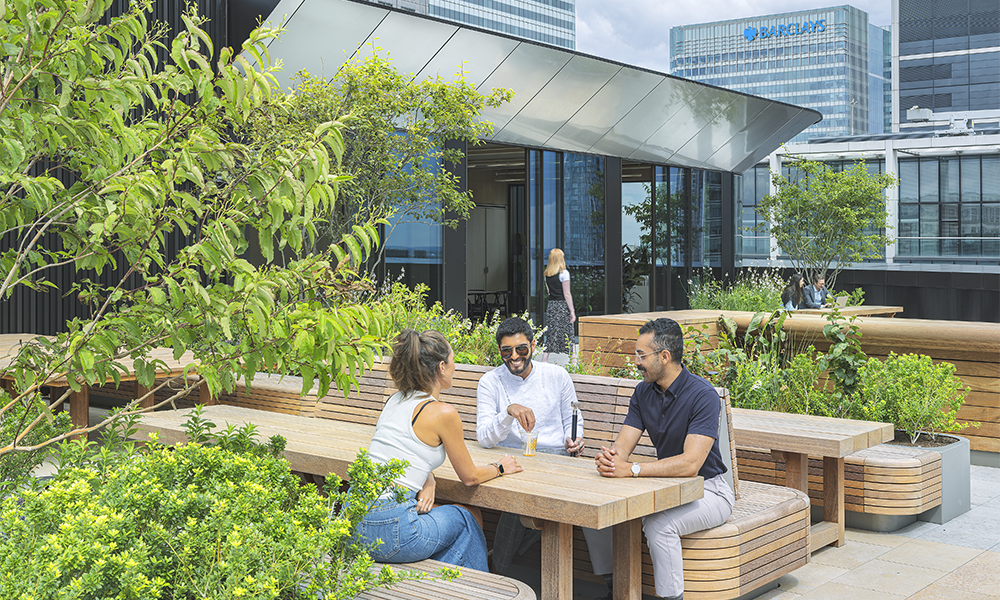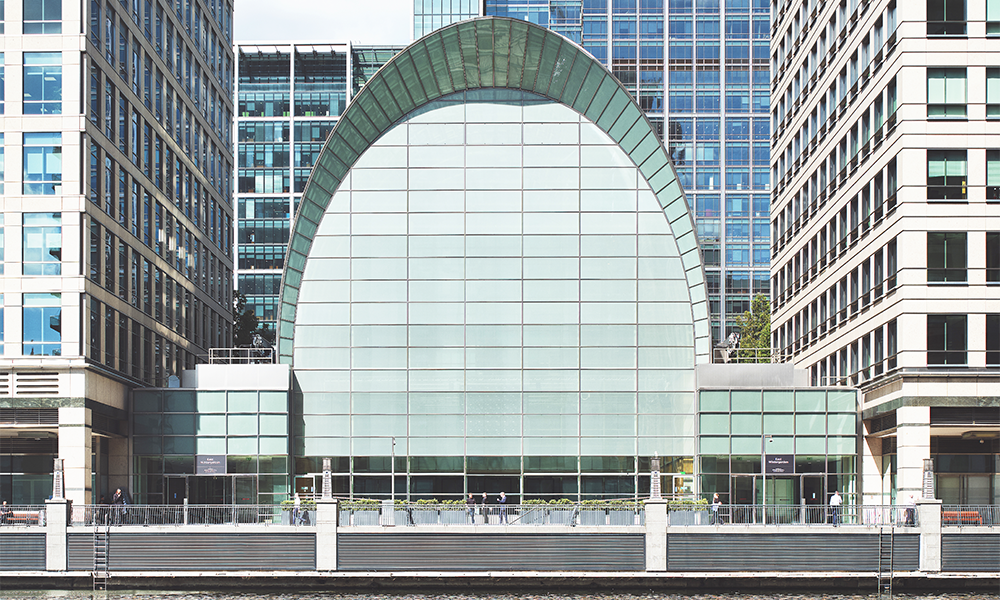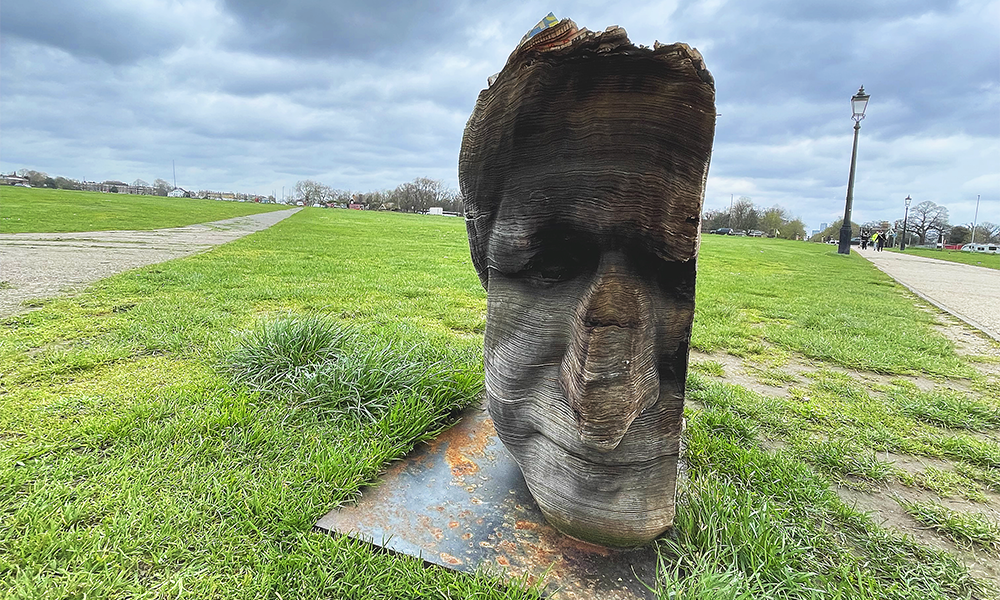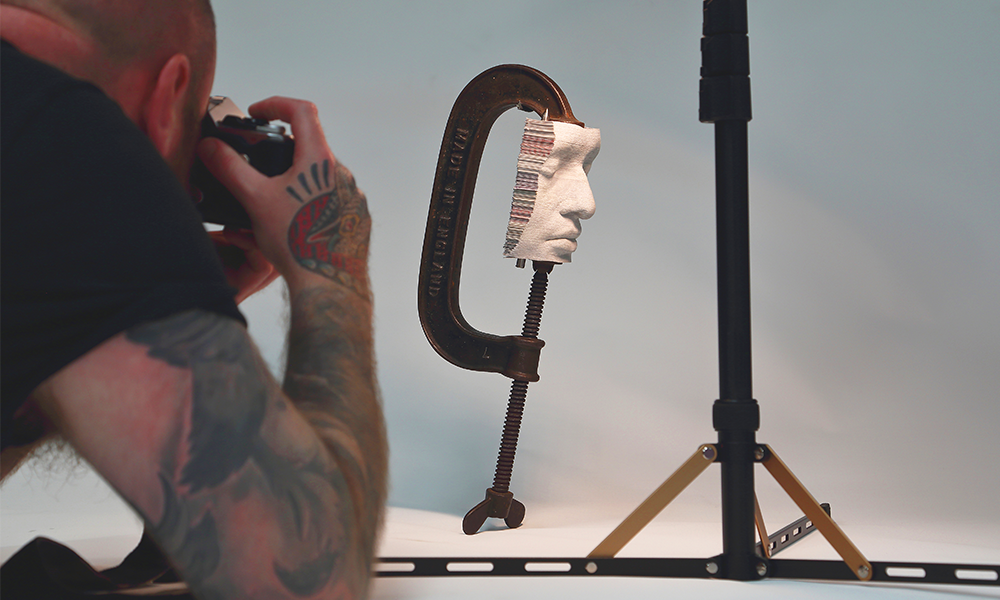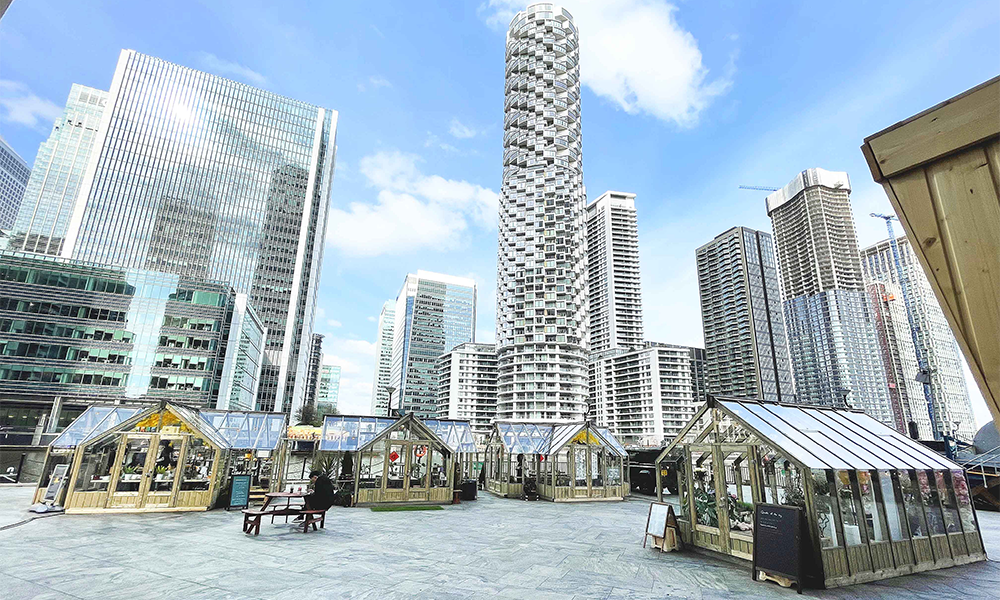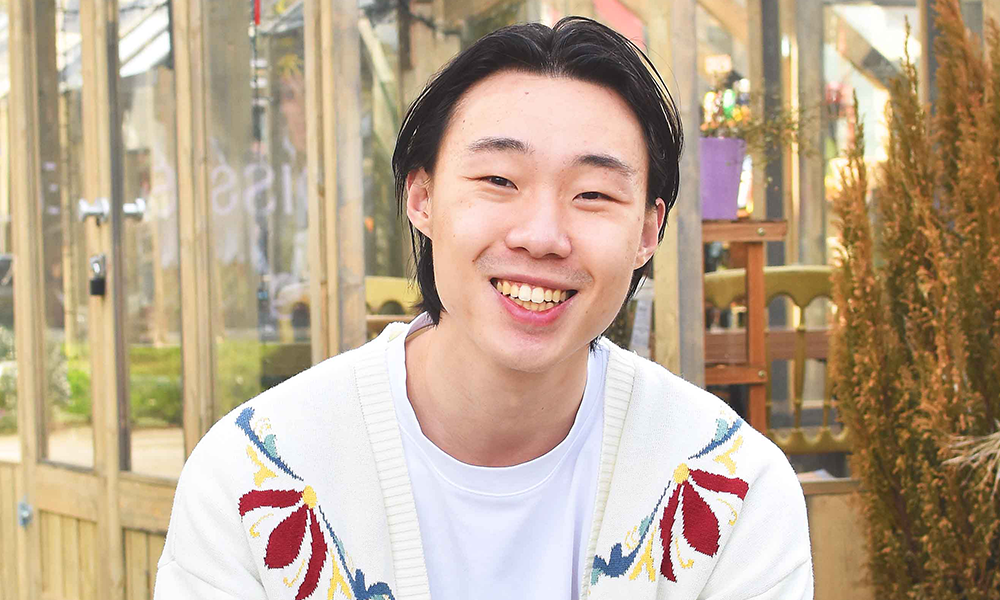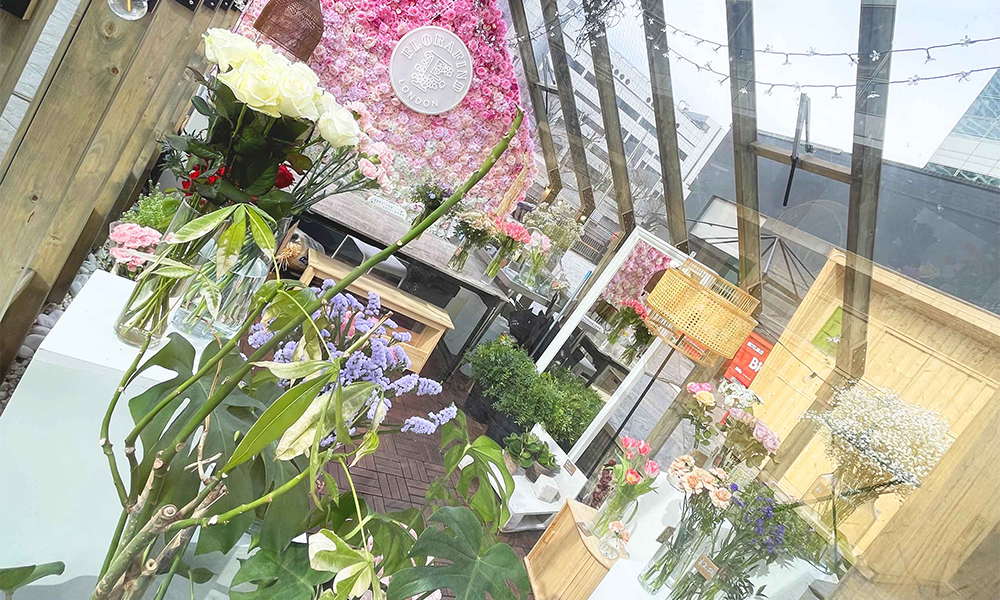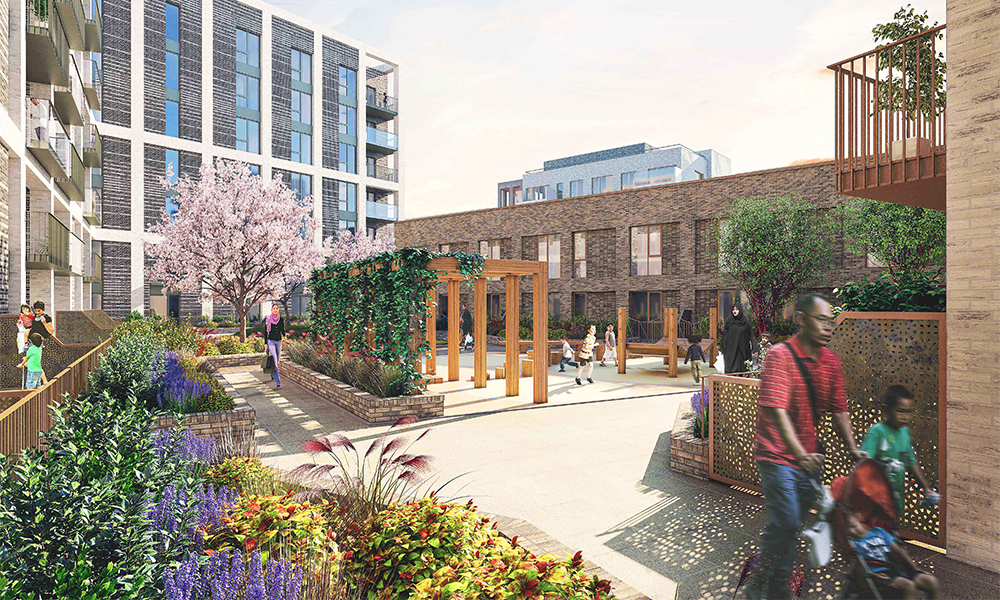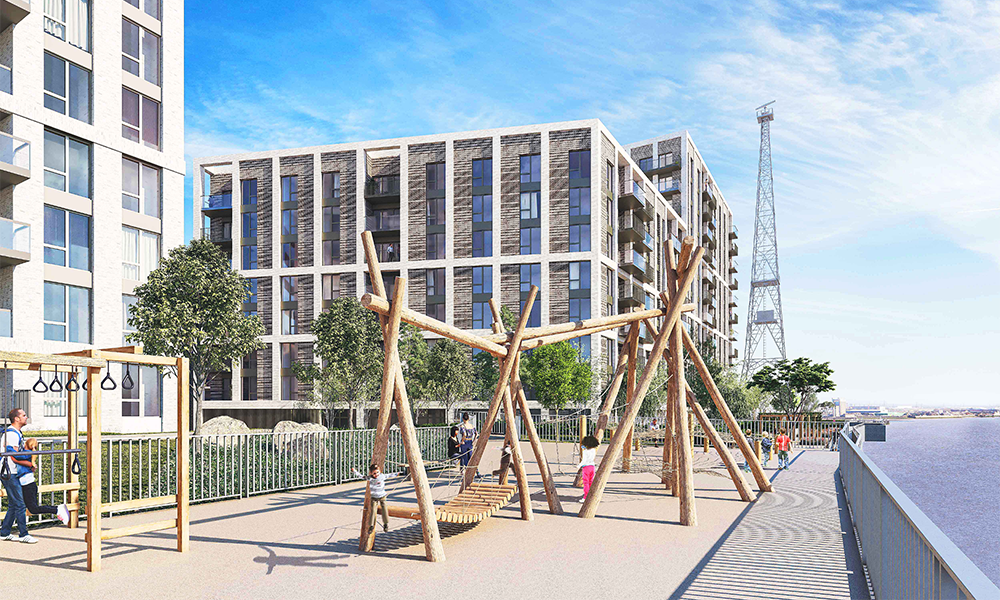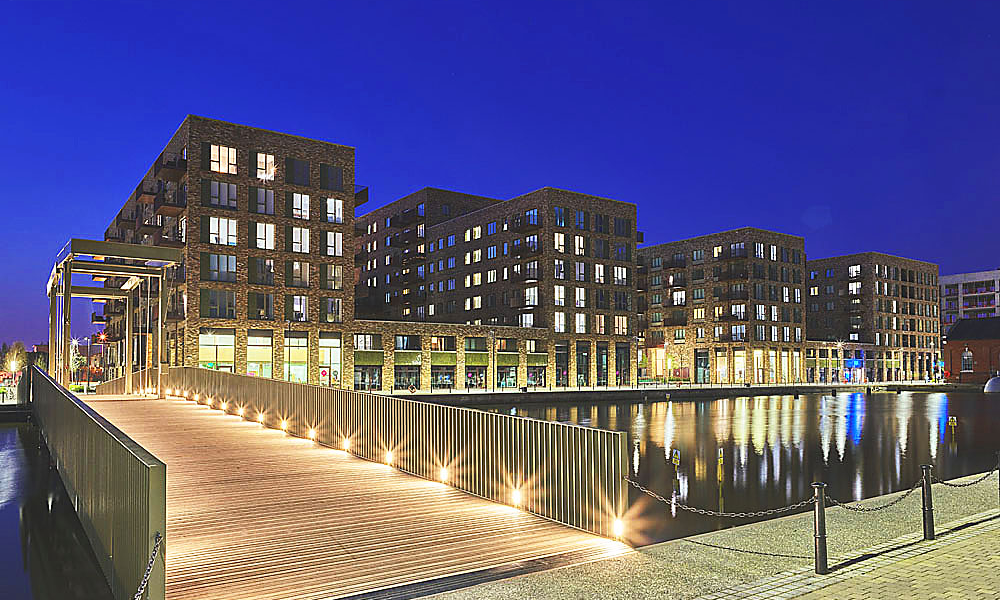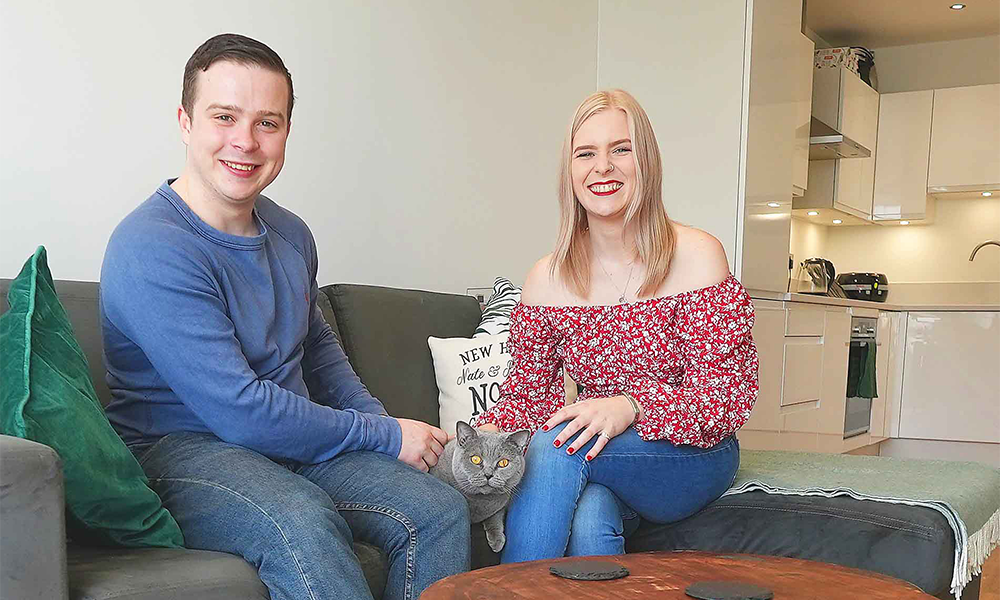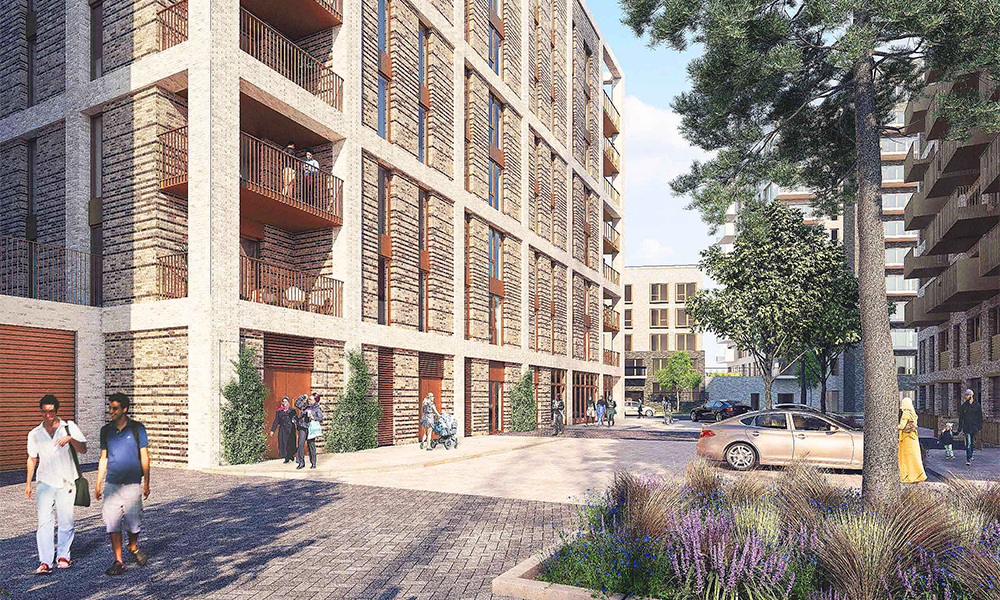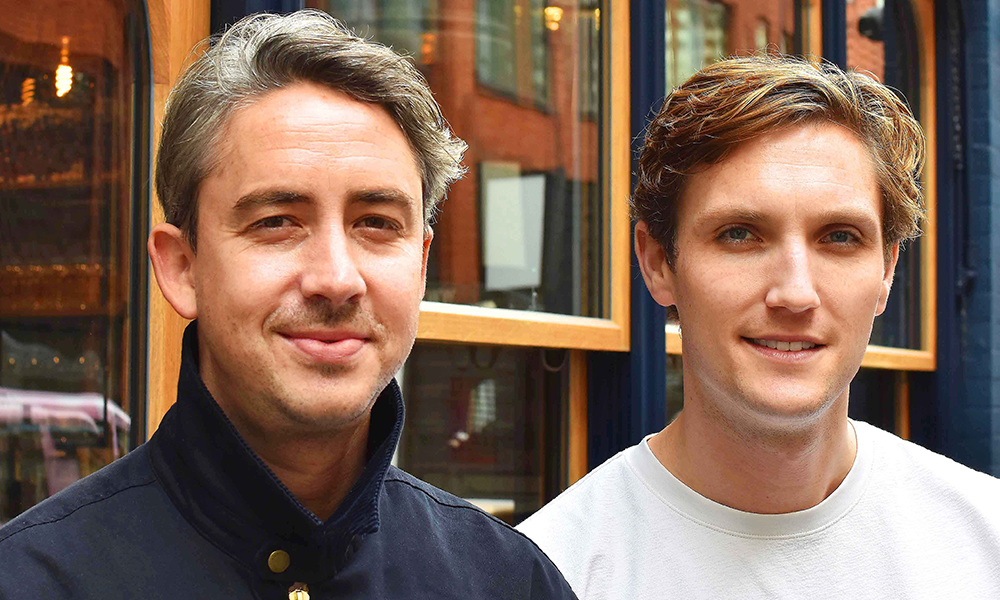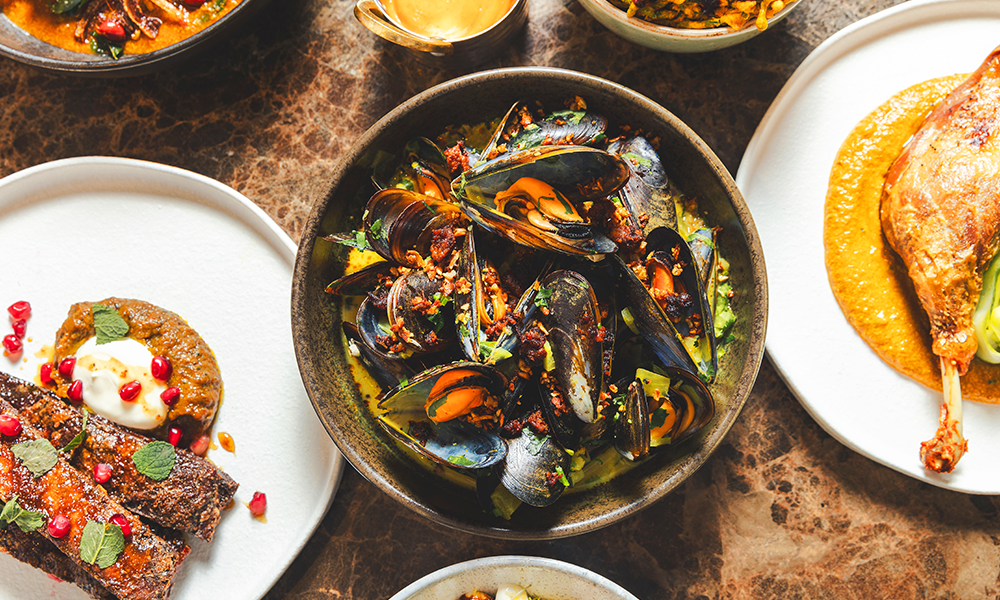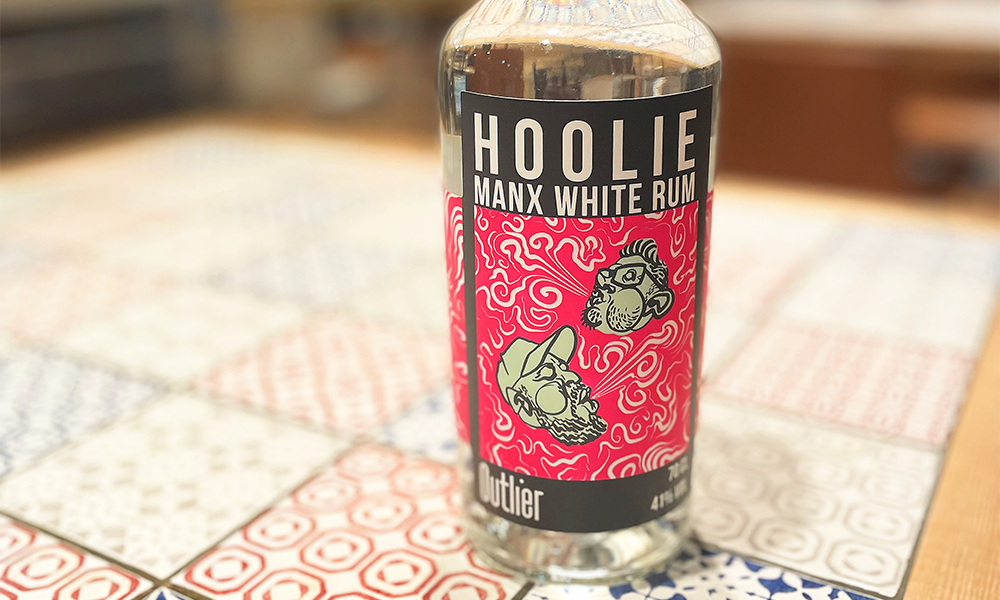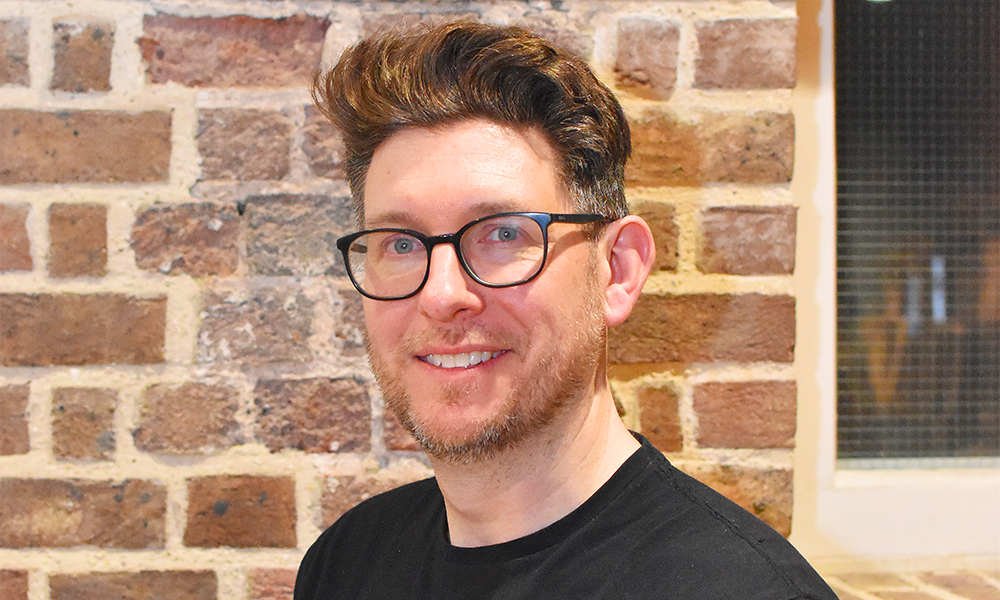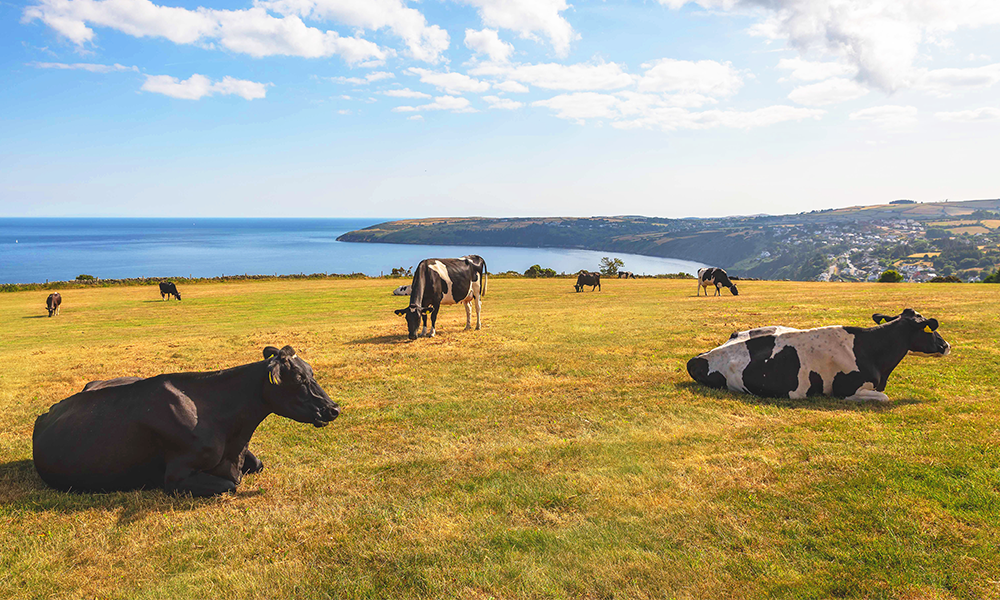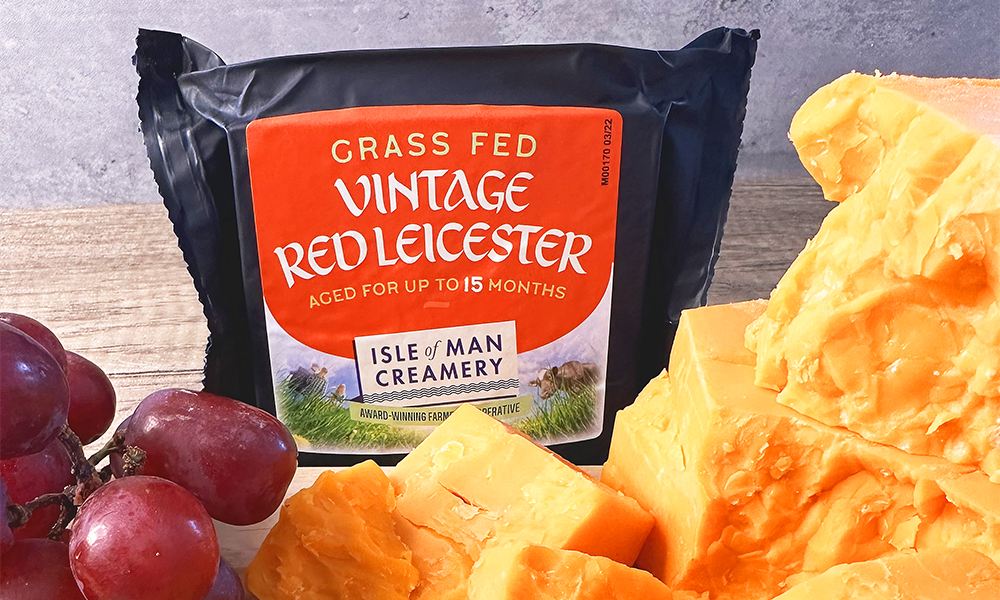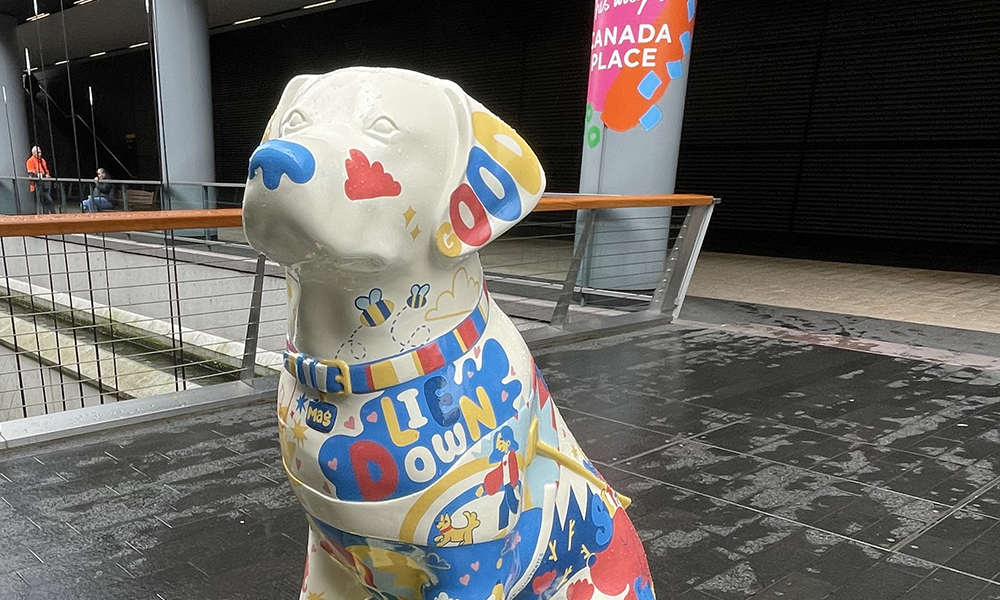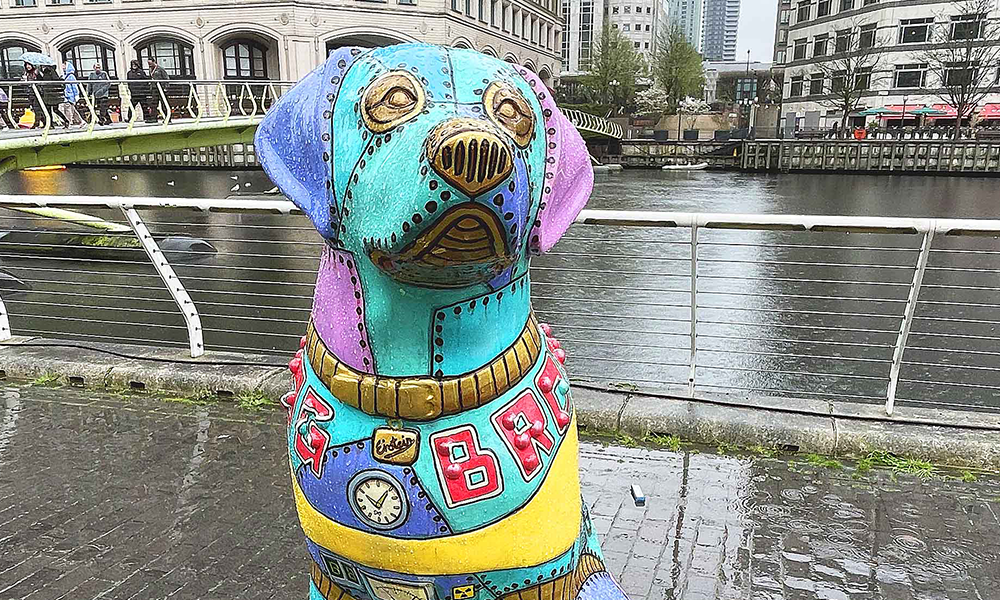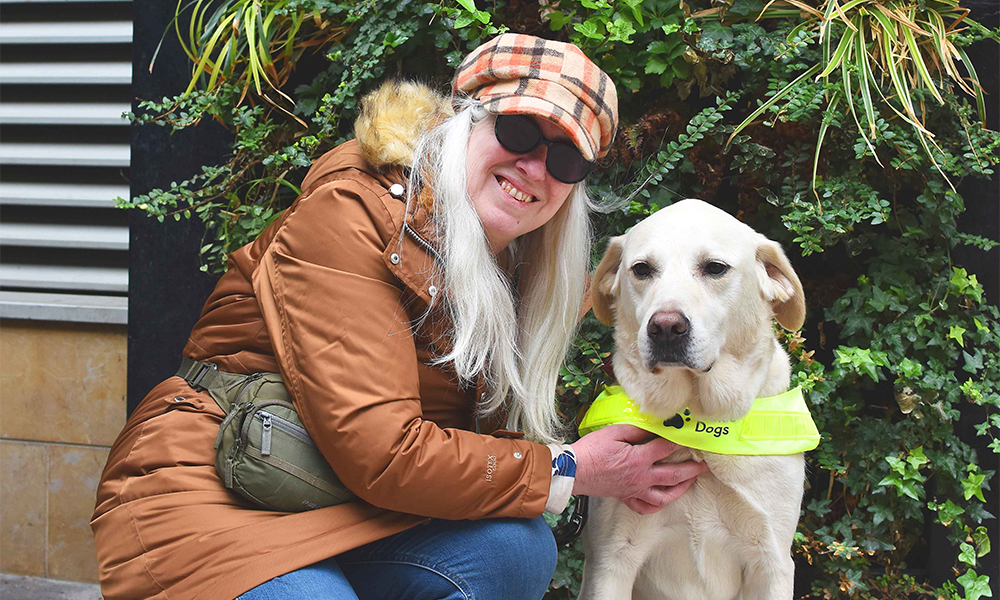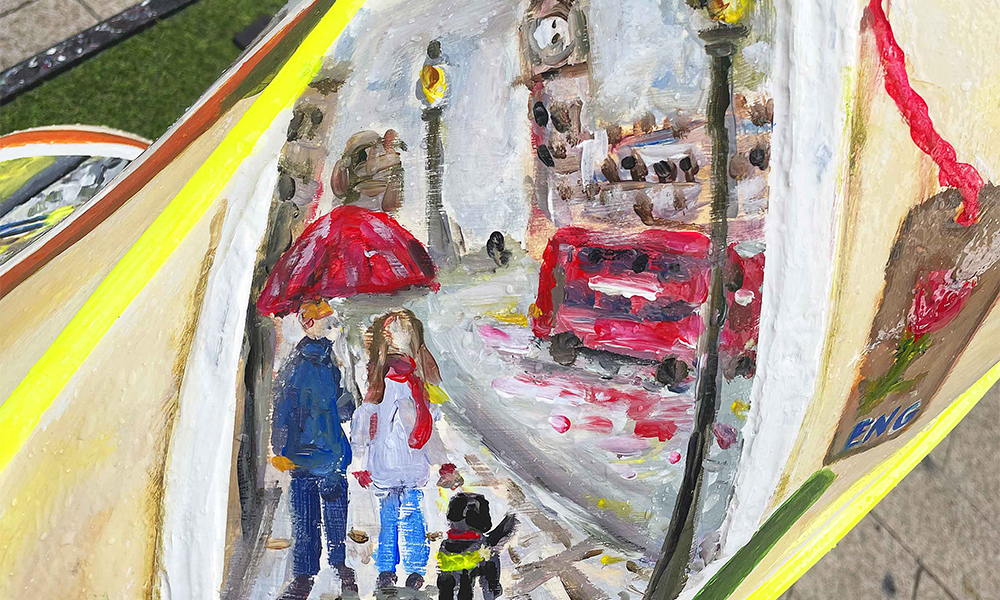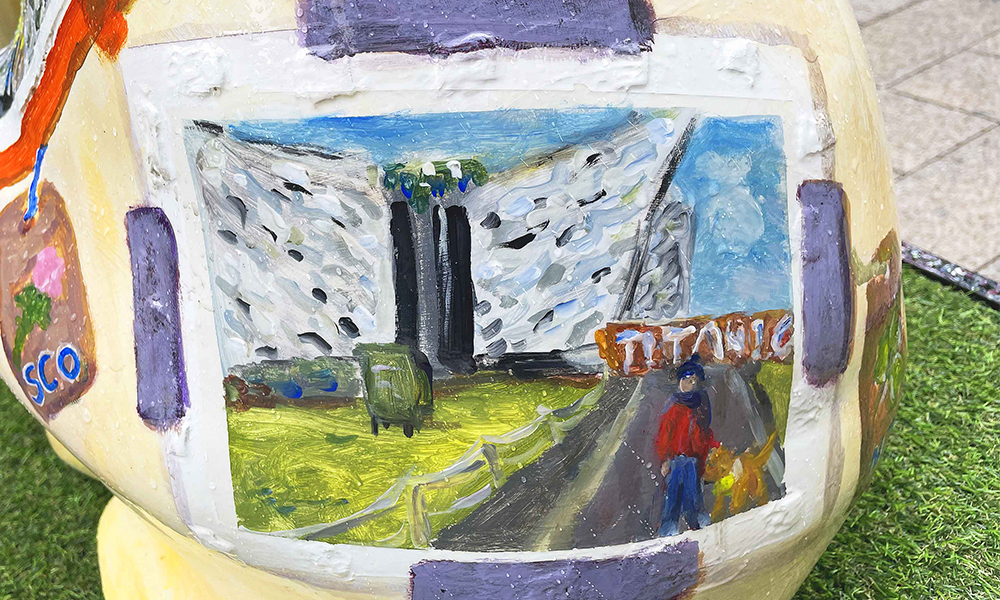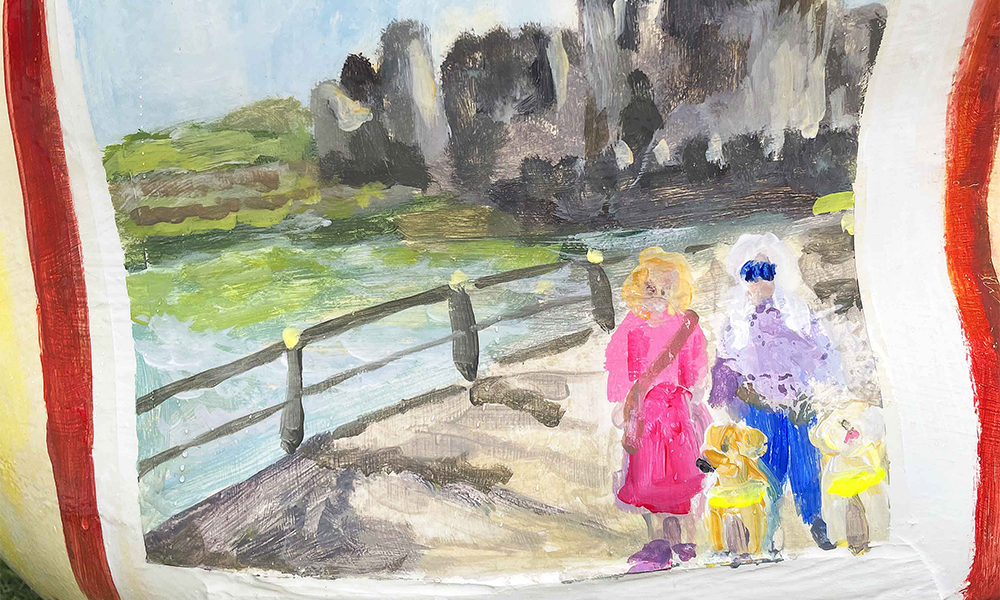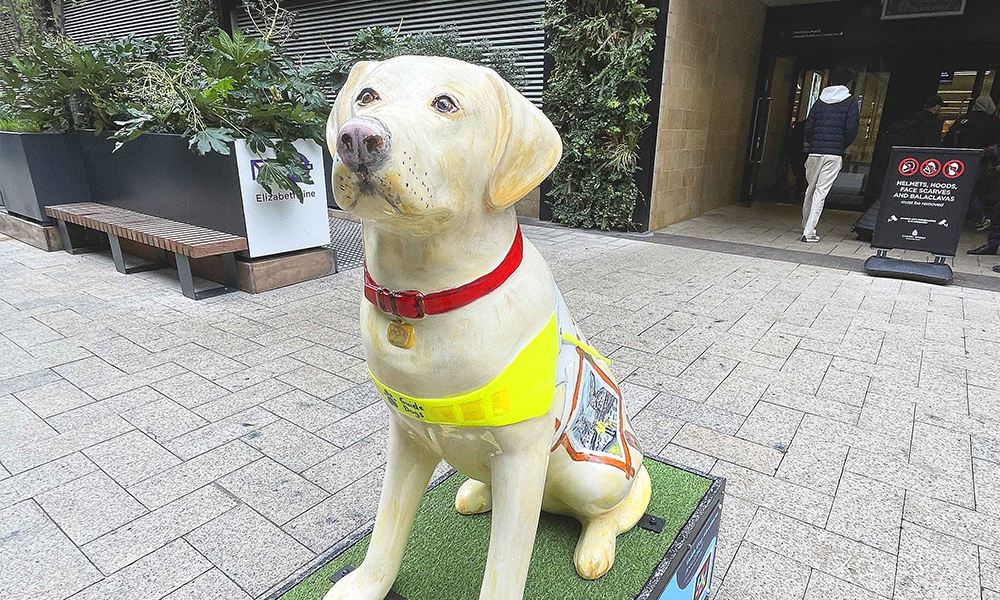British Land and AustralianSuper’s regeneration of Canada Water see first homes hit the market
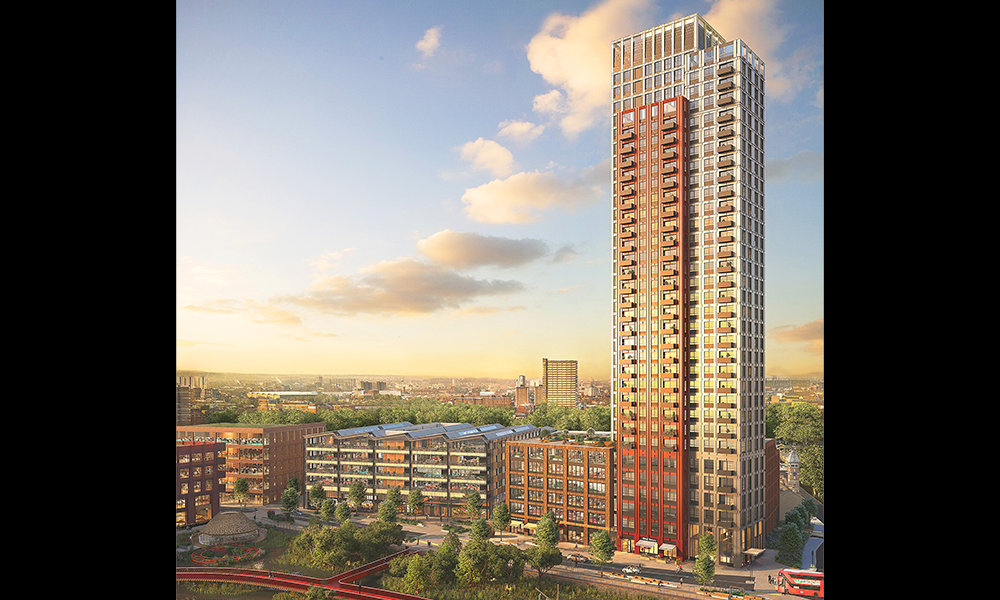
Subscribe to our free Wharf Whispers newsletter here
Just over a month ago, something momentous happened in London’s property market.
British Land and its partner, AustralianSuper, celebrated the topping out of their first phase of development at Canada Water.
Dominating that site is the steel-clad edifice of The Founding, the project’s first residential tower, and every inch of its 35 storeys a flagship structure.
While its neighbouring buildings will contain a leisure centre, workspace and places to eat and drink, apartments mean people in residence 24-hours a day, 365 days a year, a potent addition to an already thriving south-east London community.
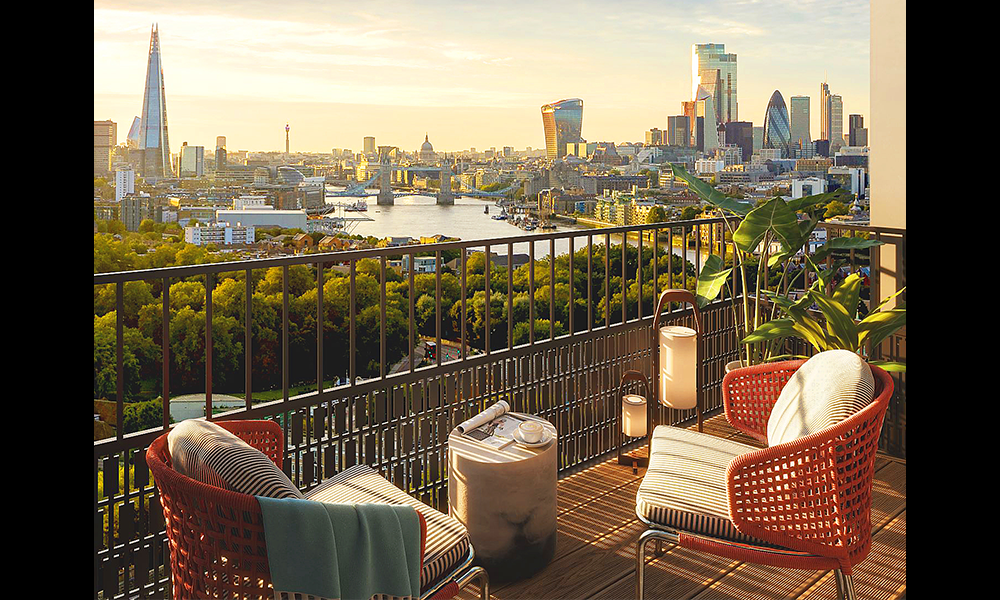
Over 12 years, the wider 53-acre site will have much more to come but our focus here is on what The Founding will offer as a place to live.
“It contains 186 apartments and the views from every side are fantastic,” said Simon Capp, head of residential sales at British Land.
“We’re super-lucky in that we’ve got low-rise geography locally overlooking Southwark Park to the west and Canada Dock to the east.
“Architecturally, it’s special, designed by Allies And Morrison, who have a strong track record in large-scale towers.
“It has quite an industrial, urban aesthetic – appropriate for Canada Water, which historically has been a hard-working part of town dealing with shipping and cargo.
“It has a warehouse-like feel.”

Head inside, though, and while there are some stylistic nods to industry, there’s also plenty of home comforts.
“All the interior architecture has been created by Conran And Partners, which has a really strong track record in luxury hotels and premium residential developments,” said Simon.
“We have two show flats – a one-bed and a two-bed – available for buyers to view at the marketing suite.
“The properties feature oak flooring and Crittall-style windows as well as concrete-style worktops, wooden kitchen cabinets and open-plan design.
“The building predominantly houses one and two-bedroom apartments, with around 15 three-beds on the upper floors with fabulous views and studios also available.”

Residents can expect Samsung appliances as standard as well as underfloor heating and comfort cooling in one, two and three-beds.
Properties come with LED downlighters and track spotlights in the coffered ceiling areas of living rooms, sizeable bathrooms and balconies with views across London.
“Even for this first phase, we’ve got a very good level of enlivenment in the form of restaurants, cafes and bars,” said Simon.
“We’ve started work on the transformation of the courtyard, which will be completed late this summer.
“The Founding’s proximity to the station means it’s about a minute to get from the building’s lobby to the Tube and Overground services.
“As a residential offer, this is really one of a kind.”
With more than a decade of work taking place locally, The Founding is also well located to avoid much of the construction that is in the pipeline.
By the end of this year work to renovate Canada Dock will be complete meaning residents can move into The Founding safe in the knowledge that no significant building work on the project will take place on adjacent land.

Instead they’ll be able to take advantage of Asif Khan’s bridge over the docks and a new food, drink and cultural destination that will be installed at Surrey Quays as regeneration takes place further to the south and east.
“Canada Water is already a fully established place – a very nice neighbourhood,” said Simon.
“Our Canada Water project is more of a revitalisation – stitching something really exciting into what is already a well-established community.
“We’ve taken what we’ve learnt from other large scale developments such as King’s Cross and putting that into action.
“There will be a great mix of residential and commercial space and, with the dock, we’re working to increase the biodiversity to make this an even better place to live – a fresh and lively district.”
The Founding itself includes three roof terraces for residents to use as well as communal spaces for work and relaxation.
Further perks include three years’ membership to a London cycle hire scheme as well as bike storage for each apartment.
Ideally located for public transport, buyers can be in Canary Wharf or London Bridge within minutes, with the Windrush Line offering rapid access to the likes of Whitechapel, Shoreditch and Dalston.
Simon said: “Given that rents are currently high, people are looking to purchase.
“We’ve been getting interest from a mix of buyers including people who work in Canary Wharf, some of whom don’t want to live there and are looking for something a bit different.”

key details
Prices at The Founding start at £704,000 for studios and one-beds.
Two-beds start at £986,500, while three-beds are expected to start at around £2million.
Properties come with a circa 500 year lease and an estimated service charge of £6.56 per sq ft.
Find out more about The Founding here
Read more: How Kircket is set to bring its Indian cuisine to Canary Wharf
Read Wharf Life’s e-edition here
Subscribe to our free Wharf Whispers newsletter here
- Jon Massey is co-founder and editorial director of Wharf Life and writes about a wide range of subjects in Canary Wharf, Docklands and east London - contact via jon.massey@wharf-life.com




